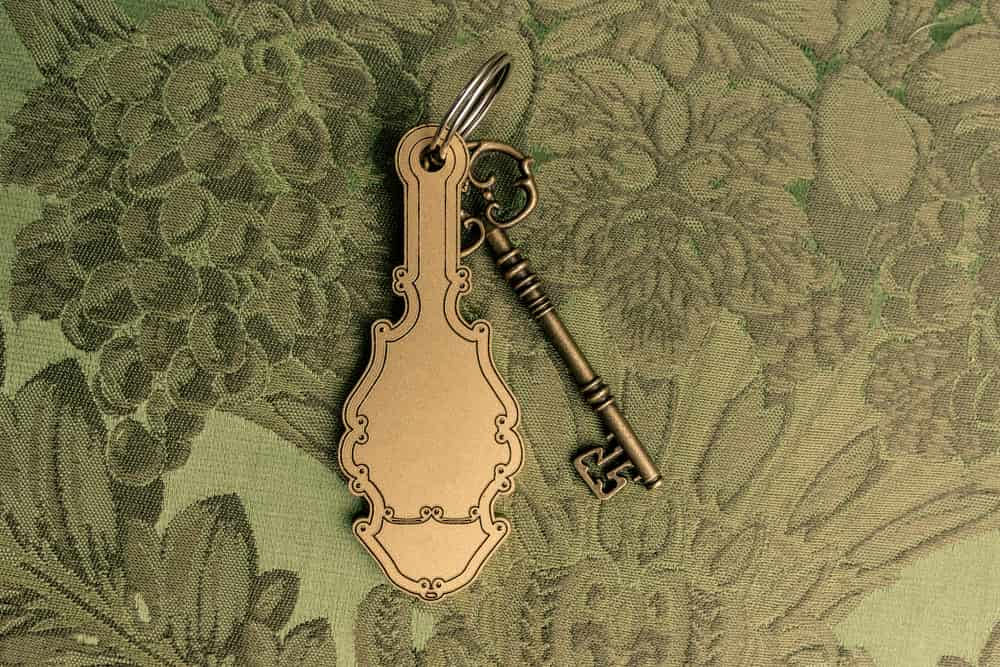During the monarchy, the monarchs' chambers were true centers of power: few people were allowed to enter them, and their decoration served as a showcase for the power of the king or queen. And of course, comfort was optimal, with beds representing the best of each era.
It is therefore not surprising that today, several historic sites (castles, abbeys, mansions, etc.) have been transformed into luxury accommodations, such as:
The Château de Bagnols (Rhône)
This former 13th-century fortified castle surrounded by vineyards stands in the commune of Bagnols in the Auvergne-Rhône-Alpes region. Comprising four main buildings, the structure now houses a luxury hotel and features a coat of arms above its monumental fireplace commemorating the visit of King Charles VIII.

